- Category
- War in Ukraine
RS-26 Rubezh, Oreshnik, or Kedr: Which Missile Did Russia Fire at Ukraine?
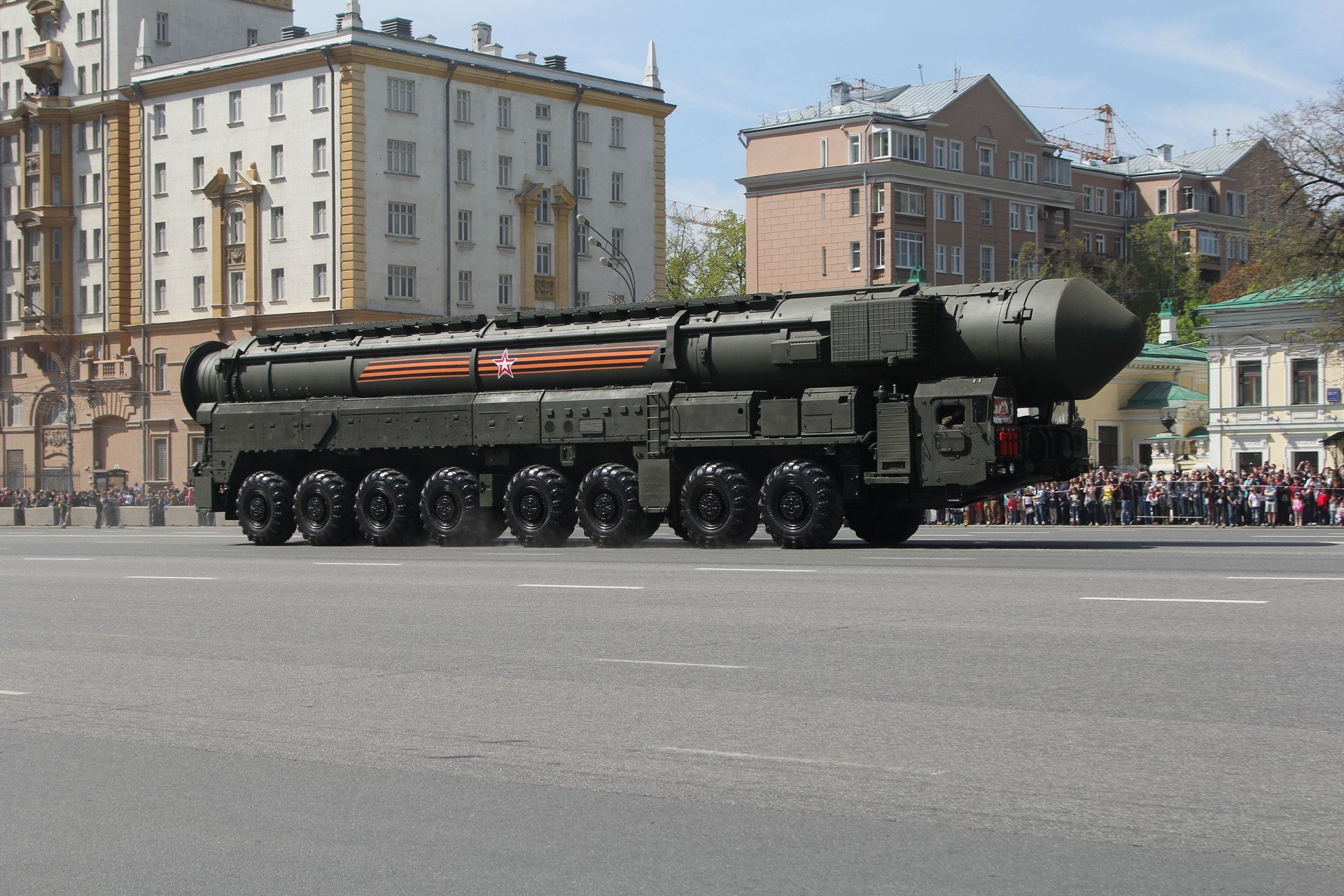
Russian leader Vladimir Putin has launched an experimental missile capable of carrying a nuclear payload at Ukraine, aiming to intimidate the West. This move signals a departure from the concept of nuclear weapons as primarily a deterrent.
Around 6:00 a.m. EET on November 21, Russia struck the Ukrainian city of Dnipro with a weapon new to this war—a nuclear-capable intercontinental ballistic missile. While no nuclear warheads were used, the strike appeared to serve as a demonstration of Russia’s potential willingness to deploy nuclear weapons.
In the next 24 hours, three potential names for the missile emerged:
RS-26 “Rubezh”
“Oreshnik”
“Kedr”
This raises the question: which weapon did Russia use?
The mystery of the missile’s identity
There is no straightforward answer, largely due to the secrecy surrounding such projects and the use of codenames for weapon development. For instance, there is almost no publicly available information about the RS-26 Rubezh. All existing images are schematic, and its technical specifications remain speculative.
Similarly, the Oreshnik project was completely unknown before November 21, when Putin mentioned it for the first time.
Ukraine’s Main Intelligence Directorate (HUR) provided further details, stating that “Oreshnik” refers to a research project, while the operational missile system is named “Kedr.” Its known specifications include:
Six warheads, each carrying six submunitions.
A terminal phase speed exceeding Mach 11.
If this is indeed a medium-range ballistic missile, as Putin suggests, its range could extend up to 5,500 kilometers. This would violate the 1987 Intermediate-Range Nuclear Forces (INF) Treaty, signed by the US and the Soviet Union to eliminate such missiles. Developing Kedr would thus signify Russia’s breach of this agreement.
Kedr’s roots in RS-26 Rubezh
Despite HUR’s insights, little concrete information about Kedr exists. Russian military publications in 2023 mentioned the project but omitted precise technical details. Reports indicated that Kedr might replace the RS-24 Yars, an intercontinental ballistic missile capable of targeting locations up to 10,000 kilometers away.
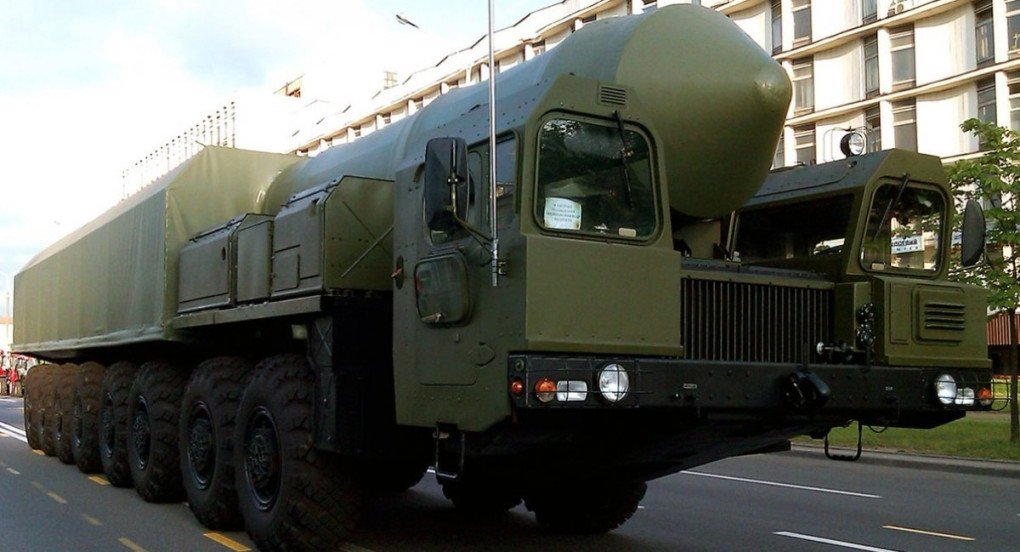
Kedr remains in development, says HUR. Initial tests were conducted in 2023 and 2024 at the Kapustin Yar testing site in Russia’s Astrakhan region. The November 21 launch targeting Dnipro also originated from this site.
Russian missile development
The developers of this missile system are equally significant. HUR provides a list of companies involved, with particular attention on the first one: the Moscow Institute of Thermal Technology, responsible for nearly all of Russia’s ballistic missile designs, including the Yars, Topol, Bulava, and RS-26 Rubezh.
RS-26 Rubezh itself is not a new development. Testing began in 2012, and Kedr is believed to be an evolution or enhancement of this earlier project, which was itself based on the RS-24 Yars. This connection explains the confusion over whether the missile is medium-range or intercontinental.
During tests, the RS-26 Rubezh traveled 5,800 kilometers, exceeding the INF Treaty’s range limit of 5,500 kilometers. As a result, the missile was perceived as a treaty violation, and discussions about it ceased between 2017 and 2018. However, it is clear that RS-26 Rubezh served as the foundation for the Kedr missile complex.
In 2019, the INF Treaty was officially dissolved.
Russia has not yet established mass production of Kedr missiles, said HUR chief Kyrylo Budanov. The system remains experimental, yet Russia used it to target a peaceful Ukrainian city.
Systems capable of intercepting missiles like Kedr, such as the US-made Terminal High Altitude Area Defense (THAAD), exist globally. However, Ukraine does not have access to these systems.
-29a1a43aba23f9bb779a1ac8b98d2121.jpeg)
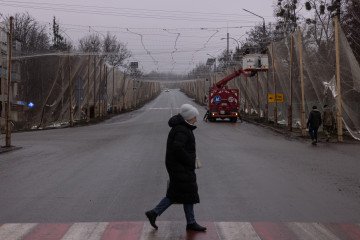
-f88628fa403b11af0b72ec7b062ce954.jpeg)
-b63fc610dd4af1b737643522d6baf184.jpg)

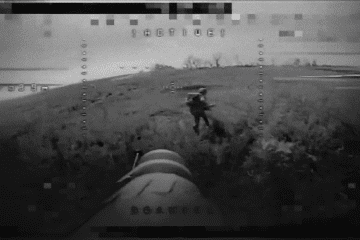
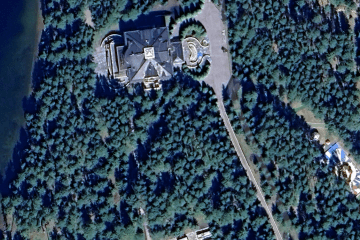
-24deccd511006ba79cfc4d798c6c2ef5.jpeg)